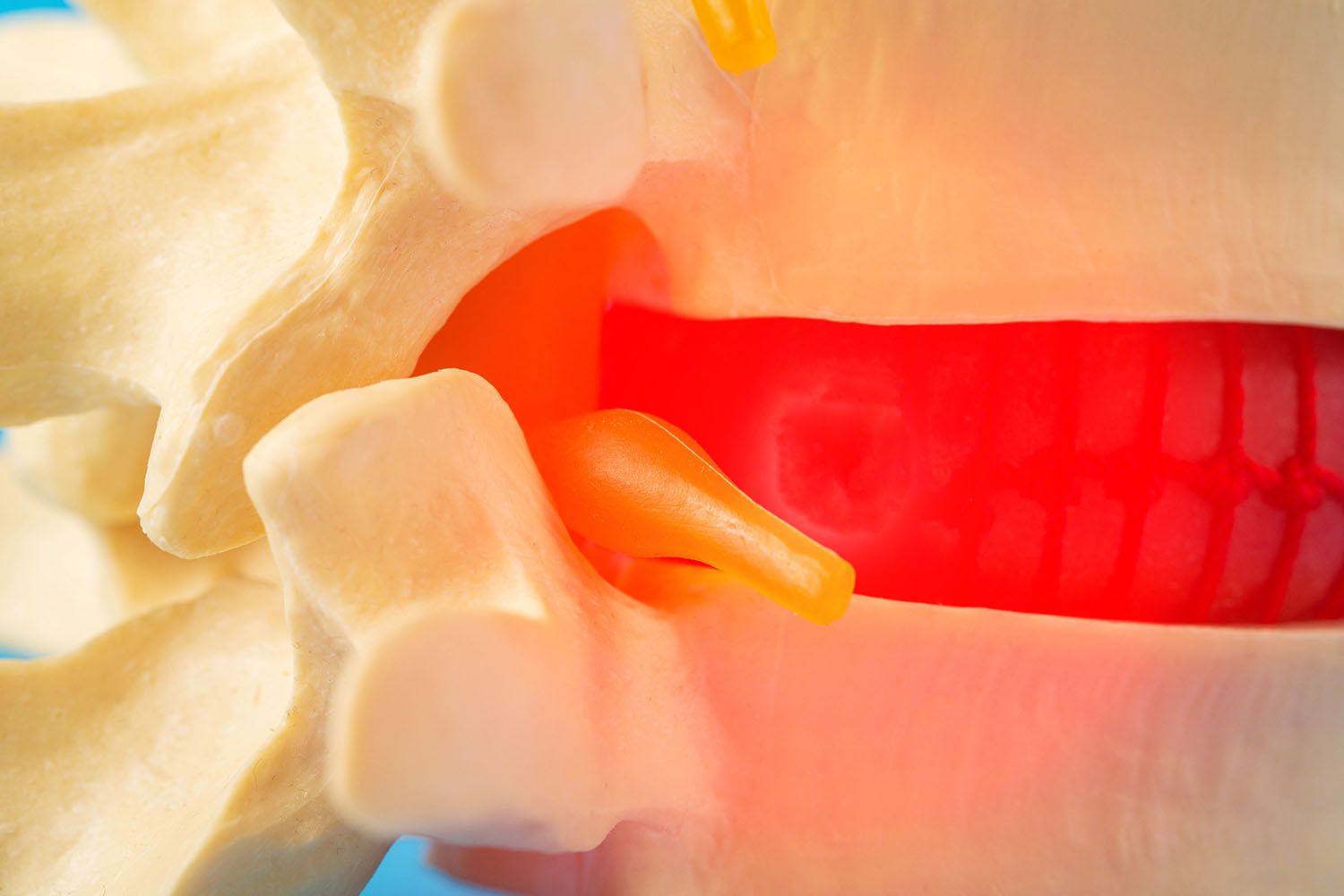Overview
Lumbar spondylosis is a common degenerative condition affecting the lower spine, characterized by the wear and tear of the intervertebral discs and the formation of bone spurs. This condition can lead to pain, stiffness, and reduced mobility. Effective management and treatment are crucial to improving the quality of life for those affected. In this blog, we will explore various lumbar spondylosis treatments based on international research and clinical guidelines.
Understanding Lumbar Spondylosis
Lumbar spondylosis is primarily caused by age-related changes in the spine. Factors such as genetics, obesity, and a sedentary lifestyle can also contribute to its development. Symptoms may include:
- Lower back pain
- Stiffness in the lower back
- Radiating pain to the buttocks and legs
- Numbness or tingling in the legs
- Muscle weakness
Early diagnosis and intervention are key to managing symptoms and preventing further deterioration.
Non-Surgical Lumbar Spondylosis Treatment
- Physical Therapy Physical therapy is a cornerstone in the treatment of lumbar spondylosis. According to a study published in the Journal of Orthopaedic & Sports Physical Therapy, targeted exercises can significantly reduce pain and improve function in patients with lumbar spondylosis. Physical therapists design personalized exercise programs to strengthen the core, improve flexibility, and enhance posture.
- Medications Over-the-counter pain relievers such as NSAIDs (nonsteroidal anti-inflammatory drugs) are commonly used to manage pain and inflammation. For more severe pain, physicians may prescribe stronger medications like muscle relaxants or corticosteroids. A 2018 review in the Journal of Pain Research emphasized the importance of a balanced approach to medication management to minimize side effects.
- Lifestyle Modifications Maintaining a healthy weight, practicing good posture, and engaging in regular low-impact exercises like walking or swimming can alleviate symptoms. A 2020 study in BMC Musculoskeletal Disorders found that patients who adopted these lifestyle changes experienced a significant reduction in pain and improved mobility.
- Alternative Therapies Complementary therapies such as acupuncture, chiropractic care, and massage therapy have shown promise in relieving pain and improving function. A meta-analysis published in the Cochrane Database of Systematic Reviews concluded that acupuncture could be an effective adjunct to conventional treatments for lumbar spondylosis.
Surgical Lumbar Spondylosis Treatment
Surgery is typically considered a last resort when conservative treatments fail to provide relief. Common surgical options include:
- Decompression Surgery Decompression surgery aims to relieve pressure on the spinal nerves by removing bone spurs or herniated disc material. A study in the Journal of Neurosurgery: Spine reported that decompression surgery can lead to significant pain relief and functional improvement in selected patients.
- Spinal Fusion Spinal fusion involves joining two or more vertebrae to stabilize the spine. While effective, it is usually reserved for severe cases. The Global Spine Journal highlighted that spinal fusion could improve pain and disability in patients with advanced lumbar spondylosis.
- Minimally Invasive Procedures Advances in surgical techniques have led to the development of minimally invasive procedures, which offer shorter recovery times and fewer complications. Techniques such as endoscopic discectomy and laser spine surgery are gaining popularity. A review in the European Spine Journal noted the advantages of minimally invasive surgery in reducing postoperative pain and hospital stays.
International Perspectives on Lumbar Spondylosis Treatment
Global research emphasizes a multidisciplinary approach to lumbar spondylosis treatment. The World Health Organization (WHO) recommends integrating medical, physical, and psychological therapies to address the multifaceted nature of the condition. International guidelines also stress the importance of patient education and self-management strategies to empower individuals in managing their symptoms.
Lumbar spondylosis treatment encompasses a range of strategies, from non-surgical interventions like physical therapy and medications to surgical options for severe cases. International research supports a holistic and patient-centered approach to managing this condition. By staying informed and proactive, individuals with lumbar spondylosis can achieve better outcomes and lead more fulfilling lives.
For more information and personalized advice on lumbar spondylosis treatment, consult with a healthcare professional. Early intervention and a tailored treatment plan are crucial to managing symptoms and maintaining spinal health.



